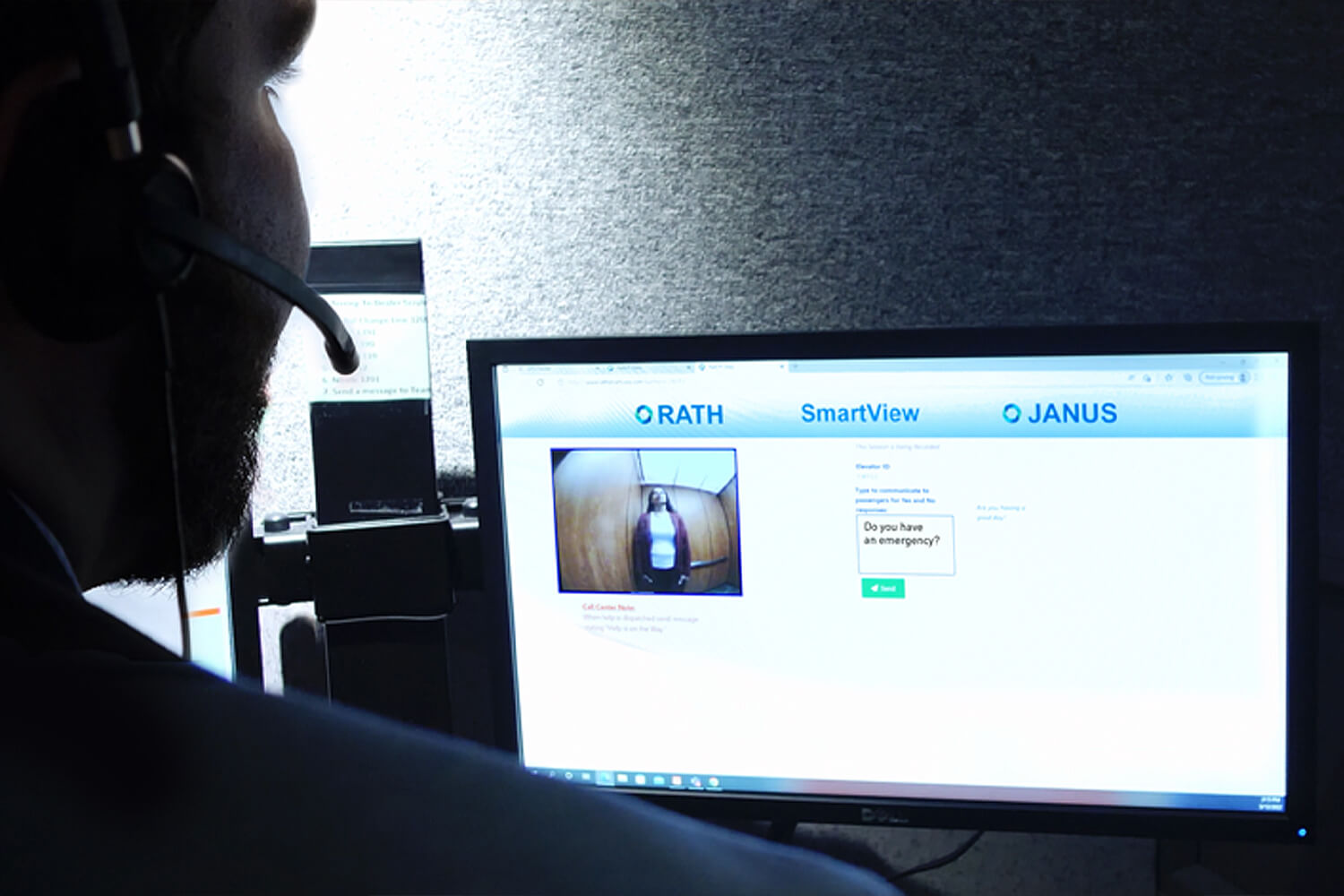The American Society of Mechanical Engineers (AMSE) is an organization of experts that creates safety codes for various mechanical devices, including passenger elevators, escalators, moving walks, and other equipment.
Recently, an update to the ASME elevator code added several requirements to bring the code up to ADA standards, including:
- A way for emergency personnel to view a video feed of the elevator car
- A panel for sending two-way messages between the passenger and emergency personnel
- A display message indicating that help is on site
New Elevator Code Revision To Meet ADA Standards
ASME A17.1-2019 requires a means to display a video so emergency personnel can observe the entire elevator car. A video feed enables emergency personnel to assess the situation inside the elevator, including whether a passenger is unconscious or nonverbal and whether the call was a false alarm.
The code also stipulates that new elevator installations must be able to send two-way messages so authorized personnel can communicate with trapped passengers who are nonverbal or hearing-impaired. The emergency personnel should be able to display a message indicating help is on the way, helping reassure passengers who cannot hear.
Video Elevator Monitoring System
The ASME A17.1 revision addresses the issue that the typical two-way emergency call system in elevators is not adequate for the hard of hearing. Even if the hard-of-hearing passenger presses the call button, emergency personnel will struggle to communicate with them. Without video, personnel won’t be able to assess the situation sufficiently.
The revised ASME elevator code requires that new elevator installations have a means for emergency personnel to observe a video feed of the elevator car. If an elevator rise is 60 feet or more, the code requires both voice and video communication that can function with an internet connection.
During an emergency, personnel can start a video feed if they do not receive a verbal response from the passenger. This technology allows agents to take appropriate action more quickly and reduces false emergency responses.
Emergency Elevator Monitoring by Trained Professionals
Most elevators still use a traditional emergency monitoring system, but the new elevator safety code requires video and a two-way messaging system. ELEVATE is a UL-listed monitoring facility with certified and trained operators available 24/7. We are one of the first agencies to integrate the technology required in the ASME 17.1 revision and provide cost-effective solutions to accommodate the new system.
Ready to become our partner in ensuring passenger safety? Click here to contact us today.


